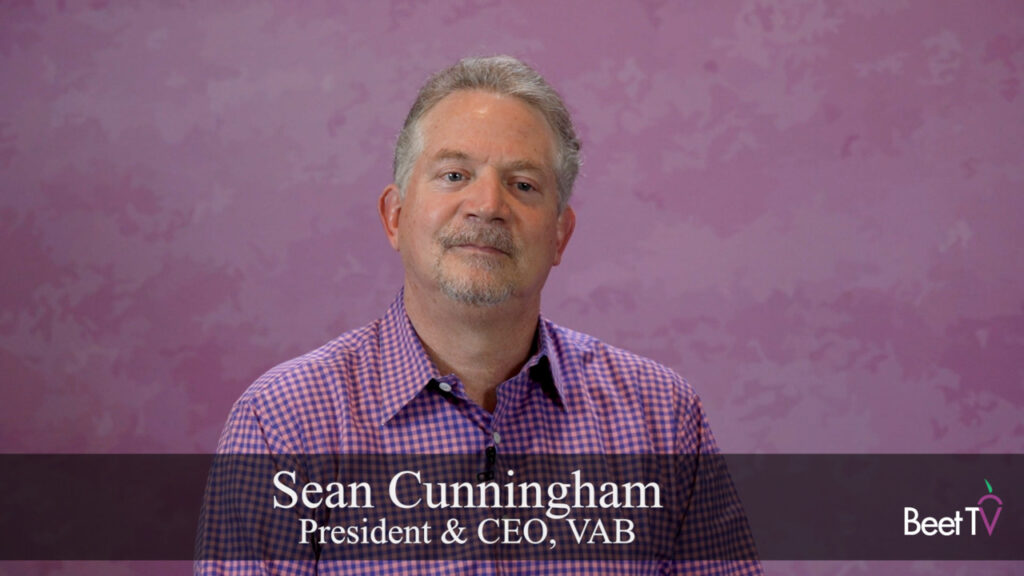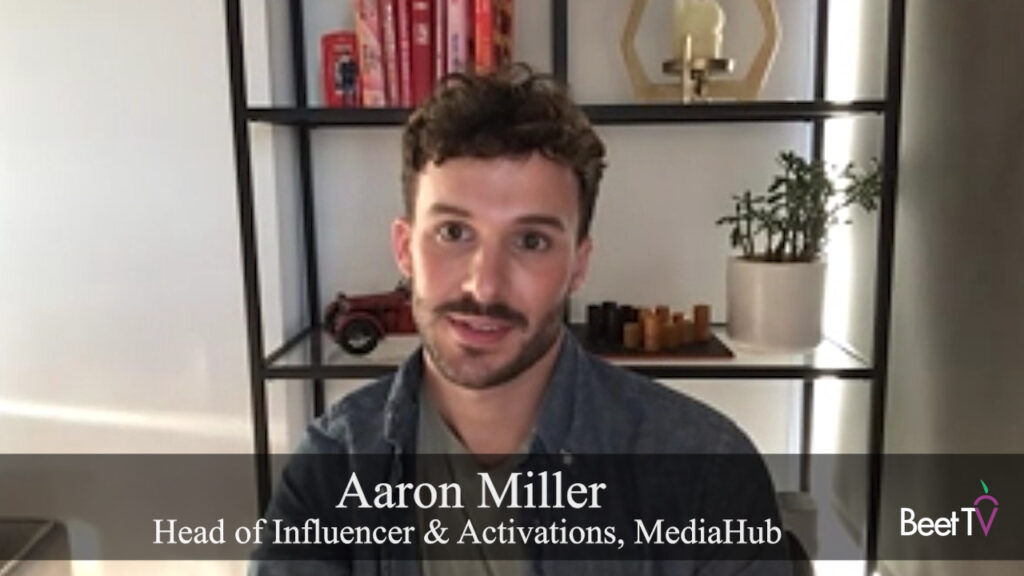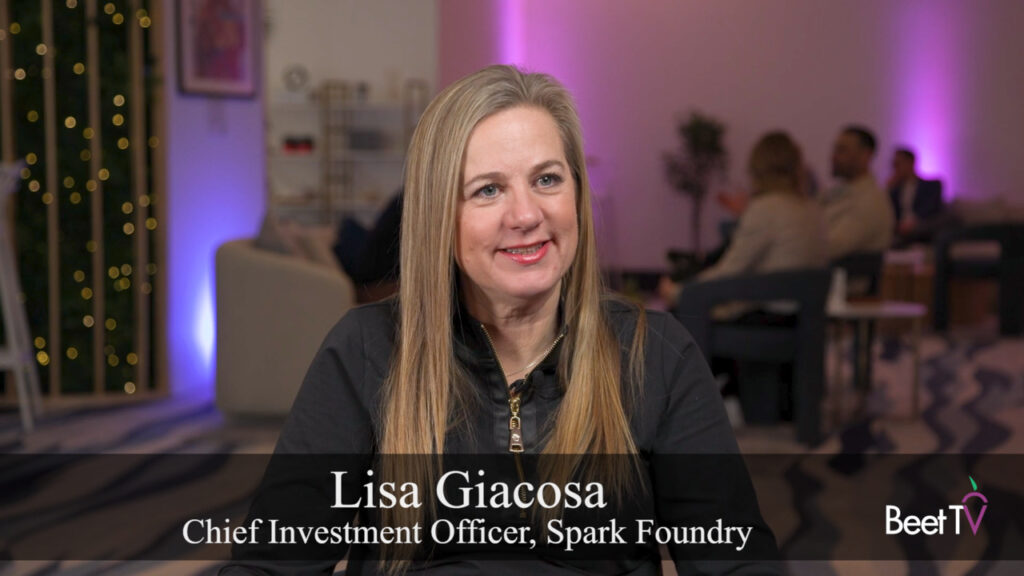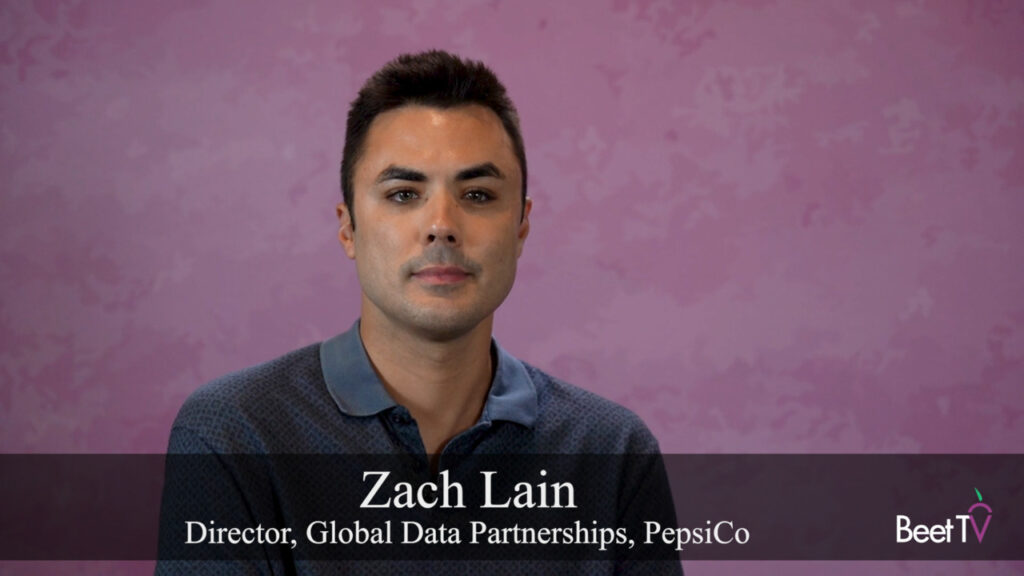One of the nation’s largest diversified media, information and technology companies, Hearst Corp. is pushing for data and audience definition standards while remaining optimistic that publishers and advertisers will be less impacted by ad fraud a year from now.
That’s the takeaway from a conversation with Mike Smith, whose corporate titles are SVP Advertising Platforms, Core Audience for Hearst and SVP Revenue Platforms & Operations, Hearst Magazines. Hearst is a founding member of the Internet Advertising Bureau’s Tech Lab, a separate company created to promulgate more universal standards.
“Can we make, for example, an in-market auto intender the same thing universally? Today there’s a lot of variability in the definition of audience segments,” says Smith.
Having worked in display advertising since 1999, Smith has experienced ad fraud from the beginning. What might have started as shady behavior in direct sales and later occurred in the network world and then the exchanges is now ubiquitous.
“The problem with ad fraud feels like it’s scaled more recently and it also feels like it’s harder to detect, easier to mask. It’s a problem that has to be solved,” says Smith. “If publishers and advertisers continue to be plagued by this problem, the open web as we know it will change I suspect materially.”
Nonetheless, Smith says he sees “a lot of smart people and wonderful companies” working on the problem and is optimistic that it will be solved.
“It will look very different than it does a year from now.”
This video part of a series about the state of programmatic advertising sponsored by OpenX. Please find other videos from the series here.


























